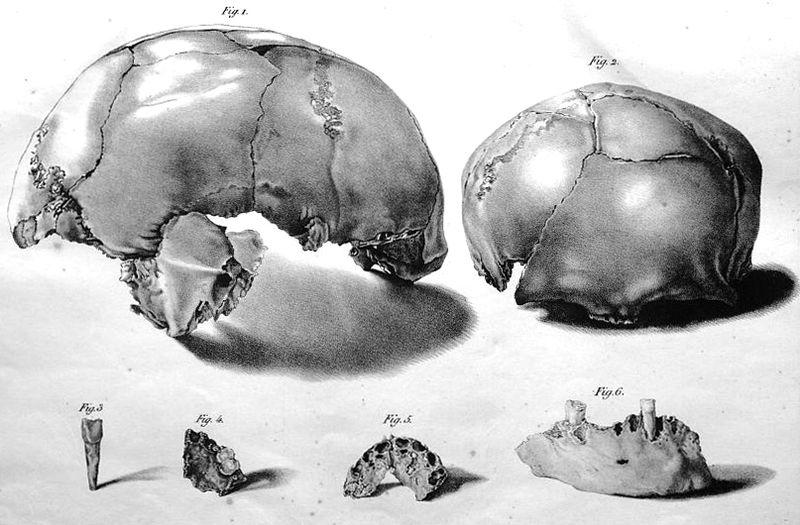Engis 2 refers to a partially preserved calvaria (cranium) and associated fragments of an upper and a lower jaw, a maxillary bone and an upper incisor tooth of a two to three year old Neanderthal child, being part of an assemblage, discovered in 1829 by Dutch physician and naturalist Philippe-Charles Schmerling in the Awirs Cave, situated just north of the Belgian municipality Engis. In 1833 Schmerling described and publicized the find, which included animal bones and stone tools. Recognizing their old age, he associated them with the "Ethiopian Type" of the diluvial period. Although it was not recognized as such until 1936, the publication represents the first scientific description of a Neanderthal fossil.
